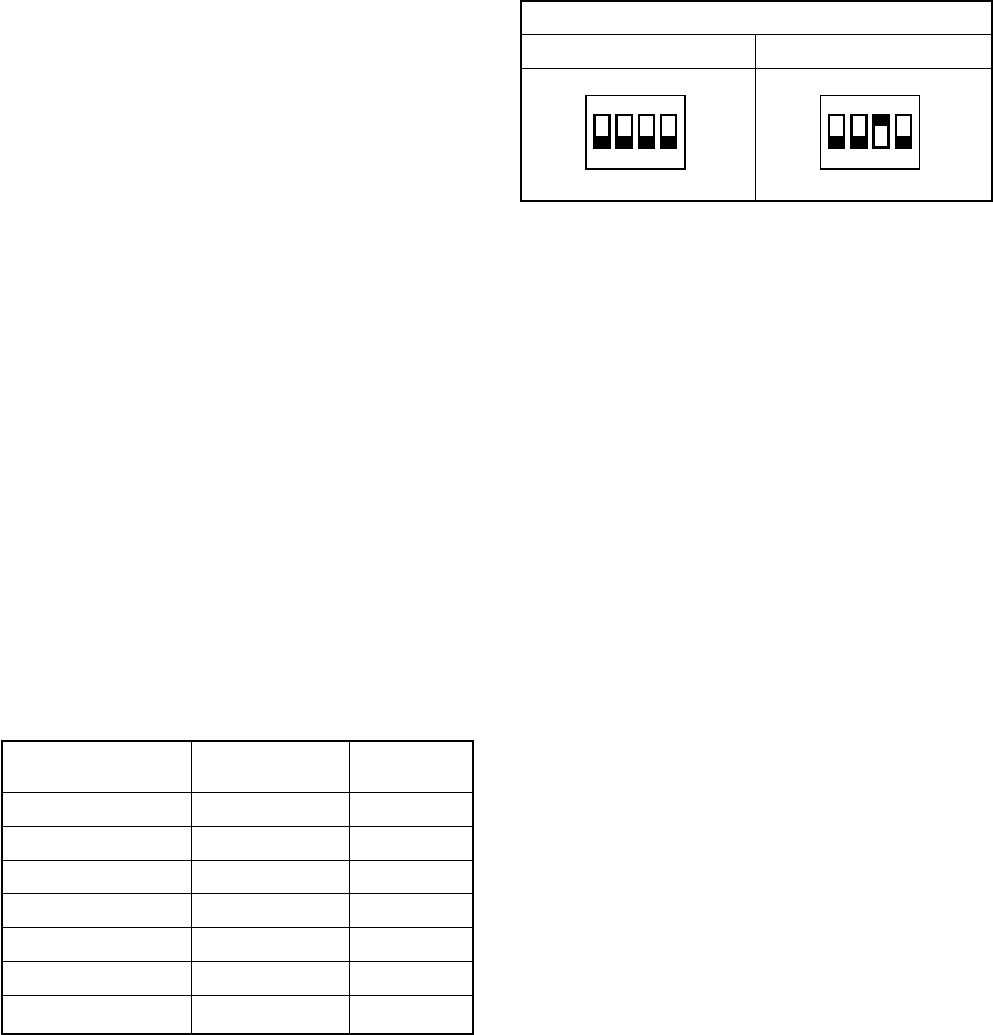
– 44 –
6-6-6. Handling of Existing Pipe
When using the existing pipe, carefully check it for
the following:
• Wall thickness (within the specified range)
• Scratches and dents
• Water, oil, dirt, or dust in the pipe
• Flare looseness and leakage from welds
• Deterioration of copper pipe and heat insulator
• Before recovering the refrigerant in the existing
system, perform a cooling operation for at least 30
minutes.
Cautions for using existing pipe
• Do not reuse a flare nut to prevent gas leaks.
Replace it with the supplied flare nut and then
process it to a flare.
• Blow nitrogen gas or use an appropriate means to
keep the inside of the pipe clean.
If discolored oil or much residue is discharged,
wash the pipe.
• Check welds, if any, on the pipe for gas leaks.
• There may be a problem with the pressure resis-
tance of the branching pipes of the existing piping.
Replace them with branch pipes (sold separately).
When the pipe corresponds to any of the following,
do not use it. Install a new pipe instead.
• The pipe has been opened (disconnected from
indoor unit or outdoor unit) for a long period.
• The pipe has been connected to an outdoor unit
that does not use refrigerant R22, R410A or R407C.
• The existing pipe must have a wall thickness equal
to or larger than the following thicknesses.
• Do not use any pipe with a wall thickness less than
these thicknesses due to insufficient pressure
capacity.
When shipped from factory When using existing pipe
SW802
• When using a Ø19.1 mm gas pipe for the existing
piping, set bit 3 of SW802 (switch for existing pipe)
on the P.C. board of the outdoor unit to ON.
In this case, the heating performance may be
reduced depending on the outside air temperature
and room temperature.
Reference outside
diameter (mm)
6.4
9.5
12.7
15.9
19.1
22.2
28.6
Wall thickness
(mm)
0.8
0.8
0.8
1.0
1.2
1.0
1.0
Material
—
—
—
—
—
Half hard
Half hard
6-6-7. Recovering Refrigerant
Use the refrigerant recovery equipment to recover
the refrigerant.
1234
ON
1234
ON


















